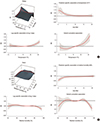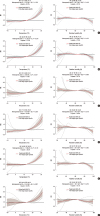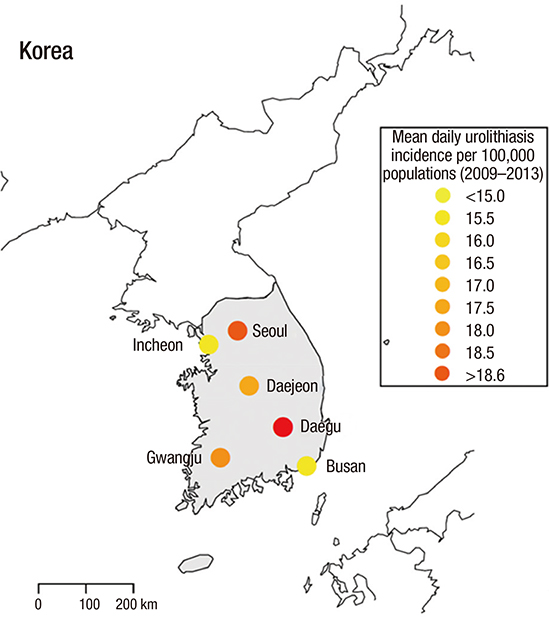1. Chen YK, Lin HC, Chen CS, Yeh SD. Seasonal variations in urinary calculi attacks and their association with climate: a population based study. J Urol. 2008; 179:564–569.
2. Cervellin G, Comelli I, Comelli D, Meschi T, Lippi G, Borghi L. Mean temperature and humidity variations, along with patient age, predict the number of visits for renal colic in a large urban Emergency Department: results of a 9-year survey. J Epidemiol Glob Health. 2012; 2:31–38.
3. Condemi V, Gestro M, Dozio E, Tartaglino B, Corsi Romanelli MM, Solimene U, Meco R. Association with meteo-climatological factors and daily emergency visits for renal colic and urinary calculi in Cuneo, Italy. A retrospective observational study, 2007–2010. Int J Biometeorol. 2015; 59:249–263.
4. Lo SS, Johnston R, Al Sameraaii A, Metcalf PA, Rice ML, Masters JG. Seasonal variation in the acute presentation of urinary calculi over 8 years in Auckland, New Zealand. BJU Int. 2010; 106:96–101.
5. Park HK, Bae SR, Kim SE, Choi WS, Paick SH, Ho K, Kim HG, Lho YS. The effect of climate variability on urinary stone attacks: increased incidence associated with temperature over 18 °C: a population-based study. Urolithiasis. 2015; 43:89–94.
6. Tasian GE, Pulido JE, Gasparrini A, Saigal CS, Horton BP, Landis JR, Madison R, Keren R; Urologic Diseases in America Project. Daily mean temperature and clinical kidney stone presentation in five U.S. metropolitan areas: a time-series analysis. Environ Health Perspect. 2014; 122:1081–1087.
7. Yang C, Chen X, Chen R, Cai J, Meng X, Wan Y, Kan H. Daily ambient temperature and renal colic incidence in Guangzhou, China: a time-series analysis. Int J Biometeorol. 2016; 60:1135–1142.
8. Sirohi M, Katz BF, Moreira DM, Dinlenc C. Monthly variations in urolithiasis presentations and their association with meteorologic factors in New York City. J Endourol. 2014; 28:599–604.
9. Gasparrini A, Armstrong B. Reducing and meta-analysing estimates from distributed lag non-linear models. BMC Med Res Methodol. 2013; 13:1.
10. Eisner BH, Sheth S, Herrick B, Pais VM Jr, Sawyer M, Miller N, Hurd KJ, Humphreys MR. The effects of ambient temperature, humidity and season of year on urine composition in patients with nephrolithiasis. BJU Int. 2012; 110:E1014–E1017.
11. Lee S, Kim MS, Kim JH, Kwon JK, Chi BH, Kim JW, Chang IH. Daily mean temperature affects urolithiasis presentation in Seoul: a time-series analysis. J Korean Med Sci. 2016; 31:750–756.
12. Lee DH, Chang IH, Kim JW, Chi BH, Park SB. Usefulness of nonenhanced computed tomography for diagnosing urolithiasis without pyuria in the Emergency Department. Biomed Res Int. 2015; 2015:810971.









 PDF
PDF ePub
ePub Citation
Citation Print
Print





 XML Download
XML Download